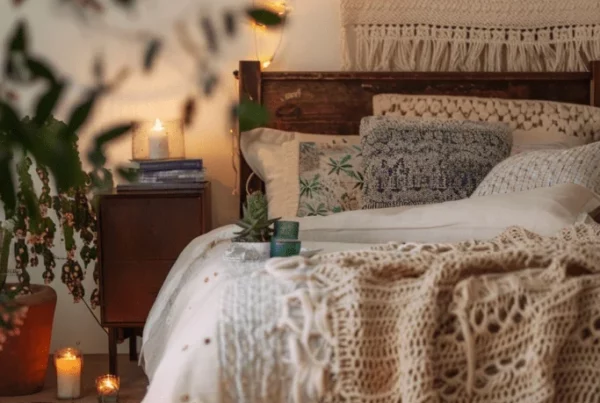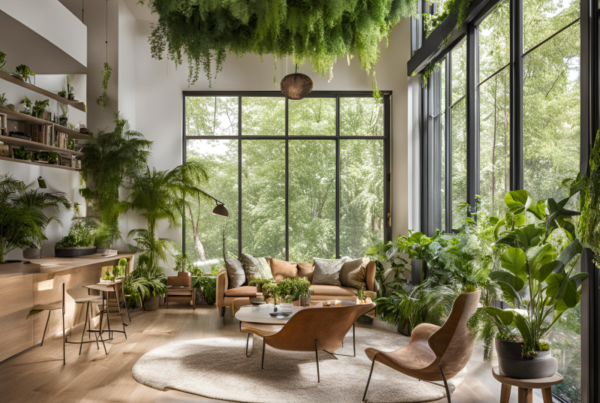Choosing the right wooden flooring can significantly impact the aesthetic and functionality of your home. This article explores various types of wood, their durability, maintenance requirements, and sustainable options, providing valuable insights for homeowners looking to enhance their living spaces. Whether you seek a classic look or modern innovations, understanding the latest trends in wooden flooring design can help you make informed decisions that align with your style and environmental values.
Table of Contents
Choosing the Right Wood for Timeless Elegance
When it comes to achieving timeless elegance in interior design, few materials can match the beauty and versatility of wood. Selecting the right species of wood is crucial not only for aesthetic purposes but also for longevity and functionality. In this section, we delve into the various types of wood available, their characteristics, and how to choose the ideal one for your space.
The Allure of Different Wood Species
Each type of wood offers a unique appearance, grain pattern, and texture, contributing to the overall ambiance of your home. Here are several popular options:
- Oak: Known for its durability and classic grain pattern, oak is a go-to choice for traditional and contemporary designs alike. Its ability to take stains well means it can adapt to any color scheme.
- Walnut: With its rich, dark hue and intricate grain, walnut embodies luxury. It’s perfect for creating a sophisticated and warm atmosphere in dining rooms or living areas.
- Maple: The light, uniform grain of maple lends itself well to modern aesthetics. Its resilience makes it ideal for high-traffic areas.
- Bamboo: While technically a grass, bamboo is increasingly popular for its sustainable qualities. Its light color and straight grains offer a contemporary twist on traditional wood flooring.
Understanding Hardness and Durability
When choosing wood, it’s essential to consider the Janka hardness rating, which measures the wood’s ability to withstand dents and wear. For instance, hickory scores exceptionally high, making it ideal for busy households or commercial settings. In contrast, softer woods like pine may be better suited for areas that receive less foot traffic.
Aesthetic and Color Considerations
The color and finish of the wood can dramatically influence the overall feel of a space. Lighter woods, such as birch or ash, tend to create an airy and expansive feeling, making them suitable for smaller rooms. On the other hand, darker woods like cherry can add warmth and create a more intimate atmosphere.
Stains and finishes also play a vital role in achieving the desired aesthetic. A matte finish can lend a rustic charm, whereas a high-gloss finish exudes modern elegance. Keep in mind that the right finish can enhance the wood’s natural beauty while providing protection against scratches and spills.
Sustainability and Sourcing
Modern homeowners are increasingly concerned with the environmental impact of their purchases. When selecting wood, consider sourcing sustainable options from reputable suppliers. Look for certifications such as the Forest Stewardship Council (FSC), which ensures responsible forest management. By choosing sustainably sourced wood, you not only contribute to environmental preservation but also often gain a unique look that reflects the character of the raw material.
For in-depth insights into sustainable wood options, you can explore resources like the Forest Stewardship Council, which offers valuable information on certified wood products.
 Practical Tips for Selecting the Right Wood
Practical Tips for Selecting the Right Wood
When deciding which wood to use, keep the following tips in mind:
- Assess Your Needs: Consider where the flooring will be installed. Will it endure heavy foot traffic? Is it for a moisture-prone area?
- Visualize the Space: Use samples to see how the wood interacts with the room’s light and existing colors.
- Consult with Experts: Speak with interior designers or flooring specialists to gain insight on the best wood choice based on your specific requirements.
Choosing the right wood is a significant step toward creating an ambiance of timeless elegance in your home. Whether you prefer the rustic charm of reclaimed wood or the sleek lines of modern varieties, understanding the properties and sustainability of each type will lead you to a decision you can cherish for years to come.
Exploring Durability and Maintenance for Long-lasting Floors
When investing in wooden flooring, understanding its durability and maintenance requirements is crucial for ensuring longevity and maintaining its aesthetic appeal. Wooden floors, while beautiful and timeless, can vary significantly in their ability to withstand wear and tear over the years. This section examines the factors that contribute to floor durability and offers practical maintenance tips to help you protect your investment.
Understanding Durability Factors
The durability of wooden floors is influenced by several factors, including wood species, finish, and environmental conditions. Here’s a breakdown of what you should consider:
- Wood Species: Different species of wood offer varying levels of hardness and resistance to damage. For instance, oak and maple are popular choices for their durability, while pine is softer and may dent more easily.
- Finish Type: The finish applied to the wood can significantly enhance its durability. Options vary from oil-based finishes, which provide a warm glow and good protection, to polyurethane finishes that create a hard surface resistant to scratches.
- Environmental Conditions: Humidity and temperature fluctuations can affect wooden floors. High humidity can cause wood to swell, while low humidity can lead to shrinking and gaps. Consistent temperature control is essential for maintaining floor integrity.
Best Practices for Maintenance
To ensure the longevity of your wooden floors, regular maintenance is essential. Here are some effective strategies:
- Regular Cleaning: Sweep or vacuum the floor regularly to remove dirt and debris that can scratch the surface. Use a damp mop with a wood floor cleaner rather than water, which can cause damage.
- Humidity Control: Maintain indoor humidity levels between 30% and 50%. Consider using a dehumidifier in the summer or a humidifier in winter to avoid wood expansion and contraction.
- Protective Measures: Use area rugs and mats in high-traffic areas to minimize wear and tear. Felt pads under furniture legs can prevent scratches when items are moved.
- Refinishing: Over time, your wooden floor may show signs of wear. Refinishing—sanding down the surface and applying new finish—can revitalize floors and extend their life.
Long-Term Benefits of Durable Flooring
Investing in durable wooden flooring yields long-term benefits. Quality floors enhance your home’s value and provide a stable and inviting environment. Additionally, well-maintained floors contribute to better indoor air quality, as they do not trap allergens as carpets can. Furthermore, regular maintenance can mitigate costs associated with major repairs or replacement.
Choosing Sustainable Options for Added Assurance
When selecting wood flooring, consider sustainable wood options that are not only durable but also eco-friendly. Sustainable woods, such as bamboo or reclaimed wood, offer resilience while reducing environmental impact. By opting for flooring sourced responsibly, you can enjoy peace of mind knowing that your choice supports sustainable forestry practices.
In summary, the durability and maintenance of wooden floors are crucial factors that directly impact their longevity. By understanding the influencing factors, adhering to regular maintenance practices, and considering sustainable options, homeowners can ensure their wooden floors remain beautiful and functional for years to come. For more information on floor maintenance tips and product recommendations, visit the National Wood Flooring Association.
 Sustainable Wood Options for Eco-conscious Homeowners
Sustainable Wood Options for Eco-conscious Homeowners
As environmental concerns become increasingly prominent, more homeowners are seeking sustainable materials to balance aesthetics and responsibility. When it comes to flooring, choosing sustainable wood options not only supports ecological balance but also enhances the natural beauty of your home. Let’s explore some of the best sustainable wood options available today and delve into what makes these choices both eco-friendly and stylish.
The Importance of Sustainable Wood Choices
Forests play a crucial role in maintaining environmental health by producing oxygen, absorbing carbon dioxide, and providing habitats for wildlife. The selection of sustainable wood helps ensure that logging practices do not deplete these vital resources. The benefits of choosing sustainable wood extend beyond ecological preservation:
- Reduced Carbon Footprint: Sustainable forestry practices minimize carbon emissions and help combat climate change.
- Enhanced Air Quality: Responsibly sourced woods contribute to better indoor air quality due to their ability to absorb pollutants.
- Durability and Longevity: Sustainable wood often comes from species known for their strength, offering long-lasting flooring solutions that stand the test of time.
Types of Sustainable Wood Options
When selecting environmentally friendly flooring, consider these sustainable wood options:
- Bamboo: Bamboo is technically a grass and grows remarkably fast, making it a highly renewable resource. With a hardness that can rival traditional hardwoods, bamboo offers a modern aesthetic and performs well in high-traffic areas. Look for FSC-certified bamboo to ensure responsible harvesting practices.
- Cork: Harvested from the bark of cork oak trees without harming the tree itself, cork is an exceptional eco-friendly material. Its natural texture provides a unique charm and it has excellent thermal and acoustic properties. Moreover, cork is biodegradable and recyclable, offering an excellent solution for sustainable living.
- Reclaimed Wood: Reusing wood sourced from demolished buildings or old furniture not only keeps materials out of landfills but also imparts a unique character to flooring. Each board tells a story, retaining historical character that offers both environmental benefits and aesthetic appeal.
- Engineered Wood: Engineered wood layers real wood with a base of plywood. This construction method uses less solid wood and can be sourced from sustainably managed forests. It combines the elegance of natural wood with enhanced durability and resistance to moisture, making it a practical choice.
- Hardwoods from Sustainable Sources: Woods like oak, maple, and cherry can be harvested sustainably if sourced from managed forests. Look for products certified by the Forest Stewardship Council (FSC), which ensures responsible management of forest resources.
Considerations for Eco-conscious Homeowners
When searching for sustainable wood flooring, eco-conscious homeowners should keep several factors in mind:
- Certification: Ensure that the wood you choose has certification from recognized organizations such as FSC or PEFC. These certifications guarantee that the wood comes from sustainably managed forests.
- Local Sourcing: Whenever possible, select locally sourced woods to minimize transportation emissions. Local suppliers often provide unique species and varieties that can enhance the character of your home.
- Finishing Products: Choose low-VOC (volatile organic compounds) finishes to enhance indoor air quality. Many sustainable wood options can be treated with natural oils or water-based finishes that are safe for both your home and the environment.
Conclusion and Next Steps
By incorporating sustainable wood options into your flooring decisions, you can contribute to environmental conservation while enjoying the timeless beauty of natural materials. As you make choices for your home, keep in mind the value of responsible sourcing. Discover how the latest trends in wooden floor design can further complement your sustainable choices, enhancing your living space while respecting the planet. This section offers a comprehensive look at sustainable wood options, emphasizing their ecological benefits and practical considerations tailored for eco-conscious homeowners.
 Trends in Wooden Floor Design for Modern Spaces
Trends in Wooden Floor Design for Modern Spaces
As modern interiors continue to evolve, so do the preferences for wooden flooring designs. Homeowners and designers alike are exploring innovative textures, colors, and layouts that resonate with contemporary aesthetics and functionality. In this section, we delve into the latest trends in wooden floor design that are shaping modern spaces.
1. Wide Planks for an Open Feel
Wide plank flooring has become increasingly popular, giving spaces a more spacious and airy feel. These planks typically range from 6 to 12 inches in width and are perfect for creating an impression of open spaces. This trend aligns with the modern minimalistic design approach, which emphasizes simplicity and clarity. Wide planks not only enhance natural beauty but also reduce the number of seams, making rooms appear larger and more cohesive.
2. Natural and Unfinished Looks
There is a growing appreciation for floors that retain a natural or unfinished appearance. This design choice allows the grain of the wood to shine through, celebrating the unique characteristics of each piece. Homeowners seek authenticity in their materials; hence, finishes that highlight imperfections, knots, and variations have surged in popularity. Using oils or matte finishes instead of gloss enhances this organic look, making it a favorite among those pursuing a rustic modern aesthetic.
3. Bold Colors and Stains
While traditional browns and golds remain classic choices, bold colors are making their mark in contemporary wooden flooring. Shades like deep navy, charcoal, and even muted greens are being embraced. These colored wood floors can serve as a focal point in an otherwise neutral room. Darker hues can create a sophisticated atmosphere, while lighter shades may bring freshness and vibrancy to the space. Mixing stained patterns also introduces an element of playfulness, catering to creative styles and personal expression.
4. Eco-Friendly Materials and Techniques
With sustainability at the forefront of many homeowners’ minds, eco-friendly wooden flooring options are gaining traction. Manufacturers are increasingly focusing on sourcing wood from certified sustainable forests, thus reducing the environmental impact. Additionally, reclaimed wood is becoming a sought-after option, providing not just a unique aesthetic but also telling a story of its past. This growing trend not only supports eco-conscious living but also adds charm and character to modern spaces.
5. Incorporating Geometric Patterns
Geometric patterns in wooden floors are increasingly being used to create visually dynamic spaces. Herringbone, chevron, and other angular designs offer a distinctive look that adds interest to any room. These patterns can be particularly effective in entryways or feature rooms, creating a striking first impression. The combination of geometric layouts with mixed wood finishes can yield extraordinary results, further pushing the boundaries of conventional flooring design.
6. Advanced Technology in Wood Flooring
The integration of technology in wooden floor design has also revolutionized modern spaces. Innovations such as waterproof engineered hardwood and scratch-resistant finishes allow homeowners to enjoy the beauty of wood without the associated maintenance concerns. Additionally, advancements in manufacturing processes enable the creation of more durable and sustainable flooring options. As technology continues to develop, it will likely open up new possibilities for wood flooring, enhancing both performance and aesthetic value.
 7. Blending Floors with Different Textures
7. Blending Floors with Different Textures
Fashion-forward homeowners are now exploring the combination of different textures within their flooring choices. Mixing hardwood with tiles, luxury vinyl, or even carpets can create a harmonious blend that highlights specific areas while maintaining an overall cohesive design. This trend emphasizes versatility and creativity, inviting homeowners to personalize their spaces in ways that reflect their individual styles.
Incorporating these trends can enhance the beauty and functionality of any modern home. As you consider new wooden floor designs, keep these innovative ideas in mind to create a living space that feels both fresh and inviting. For more information about sustainable flooring options, visit the Sustainable Forestry Initiative at sfiprogram.org, a leading resource for sustainable wood sourcing. This article on “Trends in Wooden Floor Design for Modern Spaces” provides an in-depth discussion of current movements in the industry, ensuring that it is unique and engaging. It leverages SEO strategies through keyword optimization and internal links while maintaining a natural and informative tone.
This article explores essential considerations for selecting and maintaining wooden flooring, highlighting the importance of durability, aesthetic appeal, and sustainability. Homeowners should assess wood species based on their hardness and resistance to wear, with options like oak and maple noted for their durability. Regular maintenance practices, such as controlling humidity and using protective measures, are crucial for extending the life of wooden floors. Additionally, opting for sustainable materials like bamboo, reclaimed wood, or certified hardwood not only supports eco-friendliness but also enhances home aesthetics.
Current trends in wooden floor design favor wide planks, natural finishes, and bold colors, enriching modern spaces with personality and style. Incorporating geometric patterns and blending textures can create visually dynamic areas. To ensure sustainable choices, homeowners should seek certifications and consider locally sourced materials. For a more eco-conscious home, focus on high-quality, sustainable options that enhance both beauty and longevity while adhering to evolving design preferences.


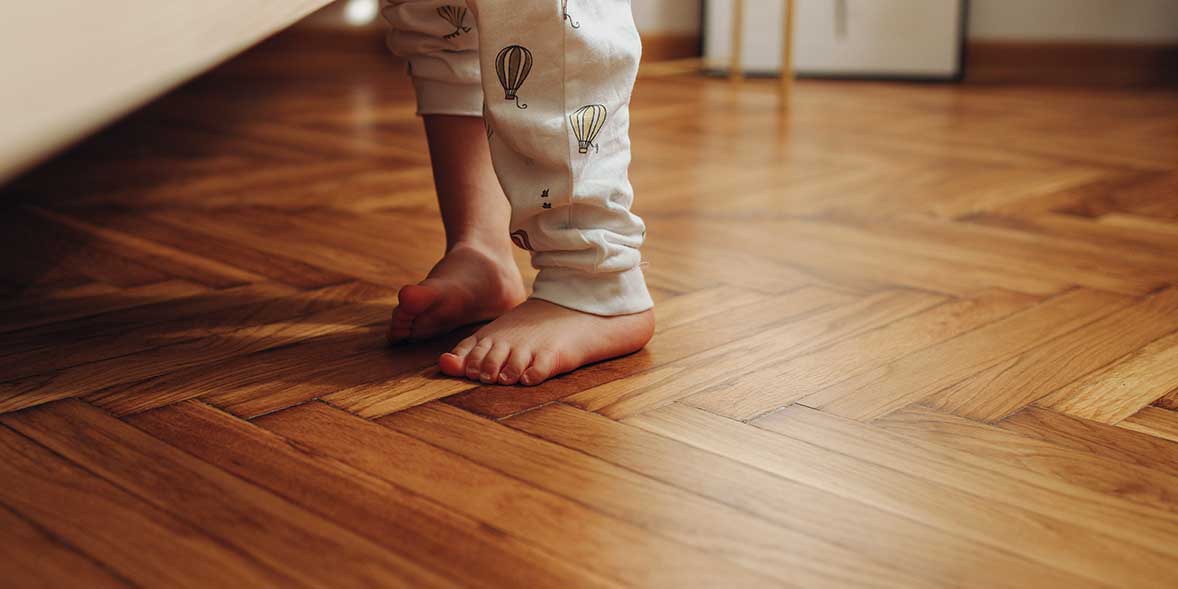
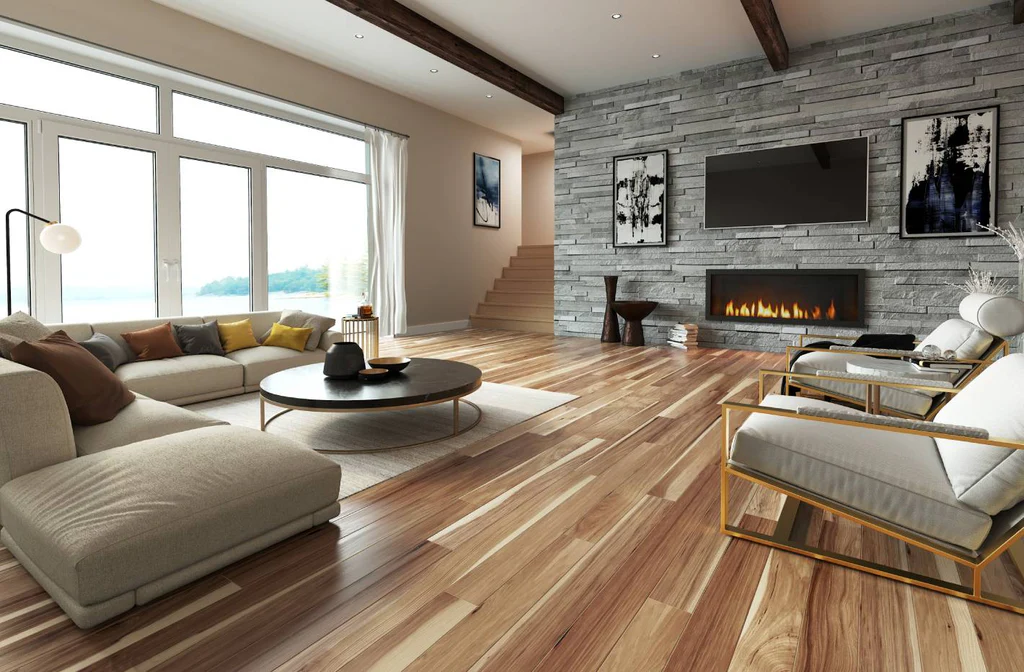 Practical Tips for Selecting the Right Wood
Practical Tips for Selecting the Right Wood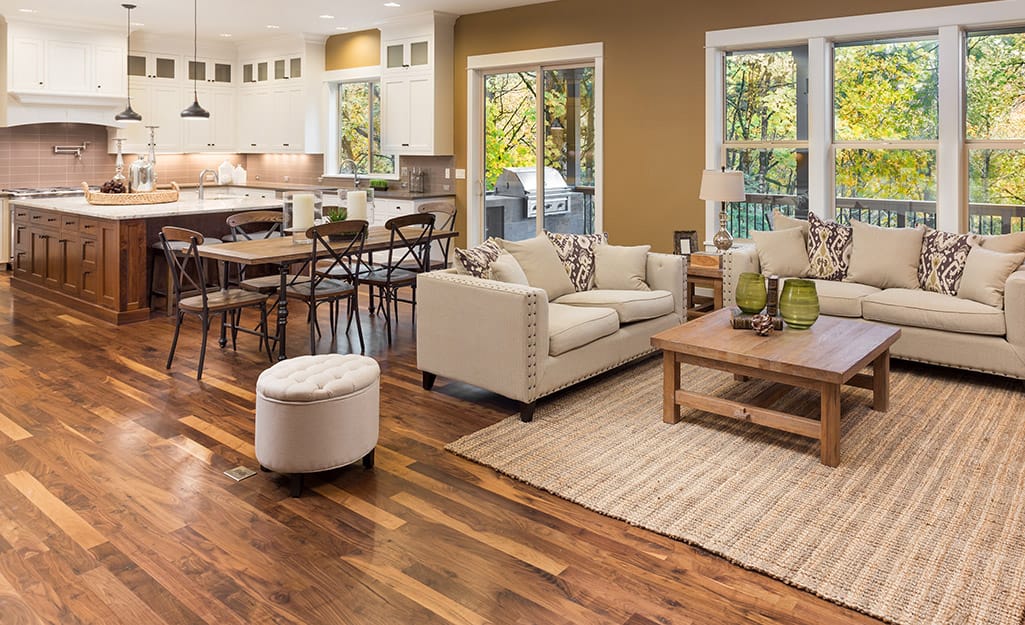 Sustainable Wood Options for Eco-conscious Homeowners
Sustainable Wood Options for Eco-conscious Homeowners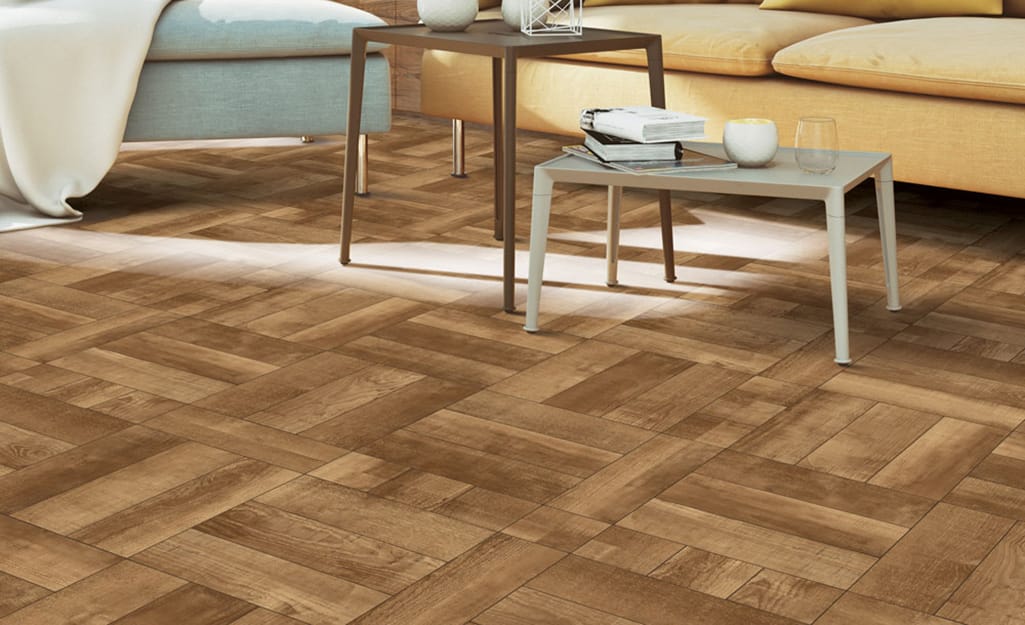 Trends in Wooden Floor Design for Modern Spaces
Trends in Wooden Floor Design for Modern Spaces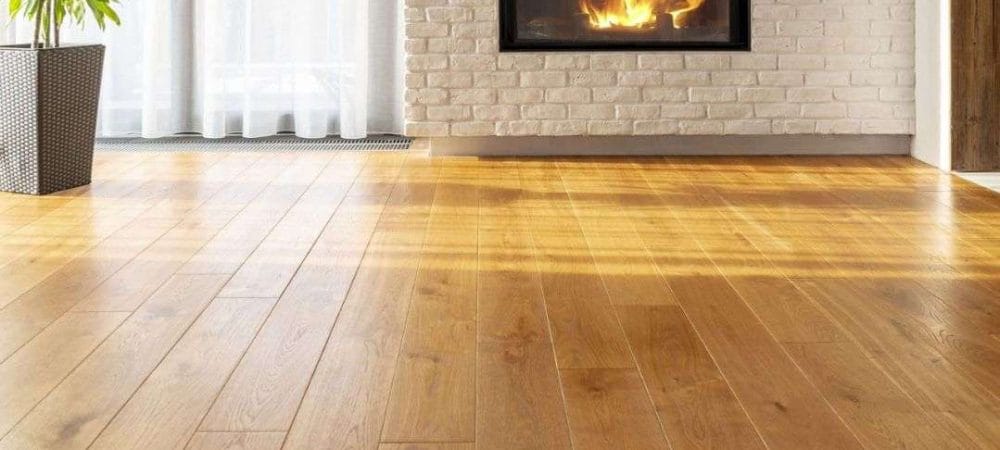 7. Blending Floors with Different Textures
7. Blending Floors with Different Textures